Jabal Thawr (Mount Thawr) & The Cave of Thawr (Ghar-e-Thawr)
A Journey of Faith, Sacrifice, and Divine Protection
Jabal Thawr (Mount Thawr), a rugged and imposing mountain located south of Makkah, holds a crucial place in Islamic history. It is most famous for housing the Cave of Thawr (Ghar-e-Thawr). In this sanctuary, the Prophet Muhammad (Peace Be Upon Him) and his closest companion, Abu Bakr As-Siddiq (May Allah be pleased with him), sought refuge during the Hijrah (migration) from Makkah to Madinah.
A visit to Jabal Thawr allows pilgrims to reflect on the immense challenges faced during the early days of Islam, the unwavering trust in Allah (Tawakkul), and the deep bonds of companionship that shaped the future of the Ummah.

The Spiritual Significance
“If you do not aid him [the Prophet], Allah has already aided him when those who disbelieved had driven him out as one of two, when they were in the cave and he said to his companion, ‘Do not grieve; indeed, Allah is with us.”
(Quran, Surah At-Tawbah 9:40)
To mislead the trackers, the Prophet (PBUH) and Abu Bakr (RA) strategically headed south to Jabal Thawr, rather than north towards Madinah, and hid in the cave for three nights.
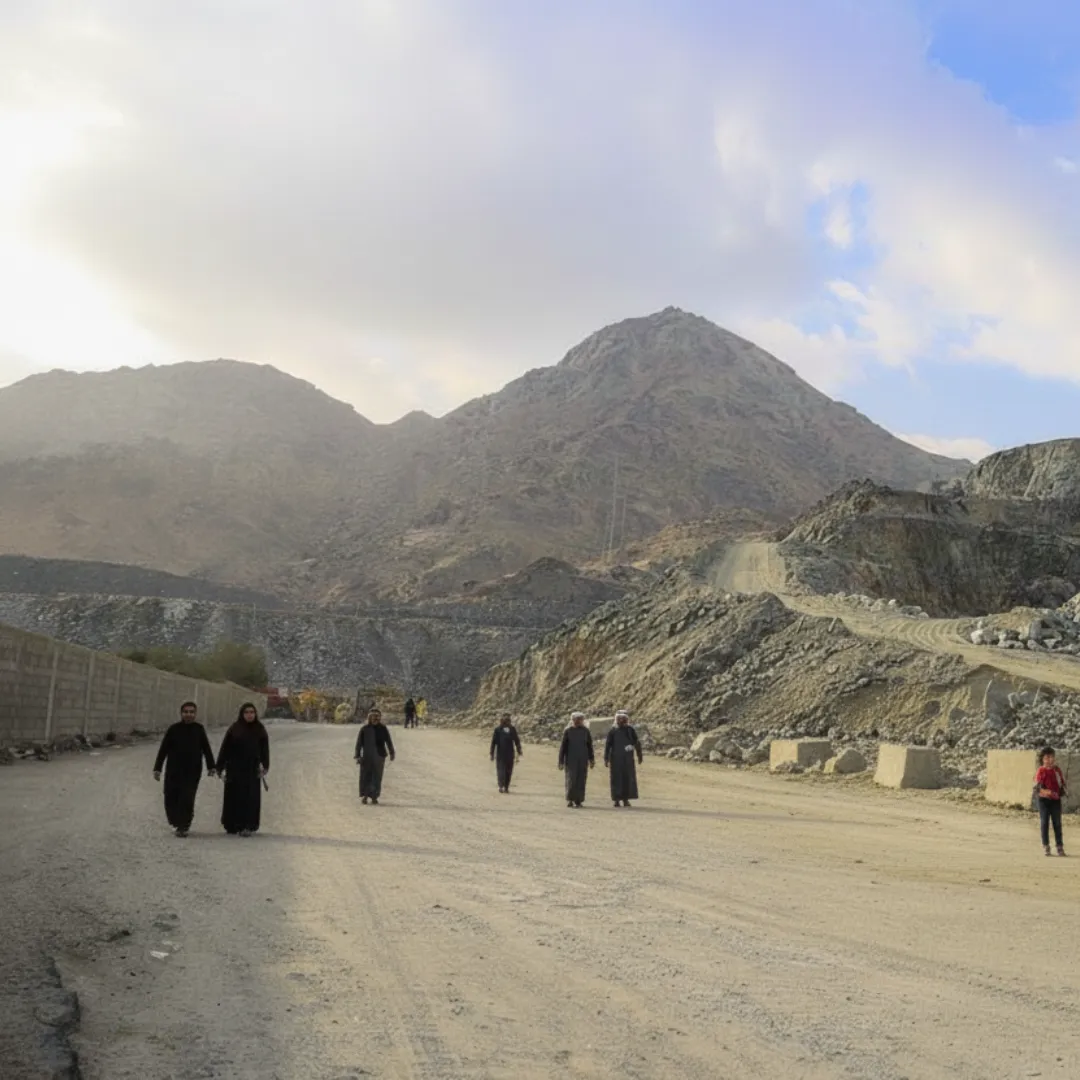
The Loyalty of Abu Bakr (RA)
The actions of Abu Bakr (RA) exemplify true companionship. He entered the cave first to ensure it was safe, cleaned it, and blocked small holes with pieces of his own cloth to protect the Prophet (PBUH). It is narrated that he was stung by a scorpion or snake while blocking a hole, but bore the pain silently so as not to disturb the resting Prophet (PBUH).
Divine Protection
The Quraish search party, eager for the bounty placed on the Prophet (PBUH), tracked them to the very mouth of the cave. Seeing their enemies so close, Abu Bakr (RA) became anxious for the Prophet’s safety. The Prophet (PBUH) comforted him with the immortalized words from the Holy Quran.
Islamic tradition narrates that Allah (SWT) protected them through miracles. A spider quickly spun a web across the entrance, and a pair of doves built a nest and laid eggs right at the threshold. Seeing this undisturbed scene, the Quraish concluded that no one could have recently entered the cave and turned back.
The Journey: What to Expect
IMPORTANT: Visiting Jabal Thawr is a deeply spiritual experience, but it also demands physical readiness and preparation.
1. Getting to the Base with Umrah.cab
| Travel Time from Haram | 20–30 minutes (depending on traffic) |
| Service | Pick-up and drop-off in private, air-conditioned vehicles. Early morning and late-afternoon trips available. |
2. The Climb: A Steep and Rugged Ascent
| Mountain Height | Approximately 760 meters (2,493 feet) |
| The Path | Steep, uneven rocky trail with narrow passages |
| Difficulty Level | Very High — suitable only for experienced or fit climbers |
| Duration of Climb (One Way) | Fit Climbers: 1–1.5 hours; Average Fitness: 2 hours or more |
| The Descent | 45–60 minutes; requires care due to loose rocks |
The climb to the Cave of Thawr is gruelling and physically demanding.
Do not attempt this hike unless you are in excellent physical condition.
Pilgrims with heart, respiratory, joint, or mobility issues, as well as older people, should refrain from climbing and instead view the mountain from the base.
A Note on Rituals: Climbing Jabal Thawr is a virtuous act of Ziyarat to reflect on the sacrifices made during the Hijrah. However, it is not a required ritual of Hajj or Umrah. Your safety must always come first.
The Cave of Thawr (Ghar-e-Thawr)
DescriptionThe cave is small and narrow, measuring about 3.5 meters long and 1.5 meters wide, and can accommodate only a few people at a time. The stillness inside invites reflection on the Prophet’s (PBUH) patience and faith during this moment of trial.
The Two EntrancesThere are two openings, one facing north and the other south, providing both light and ventilation. From the entrance, visitors can view the valley of Makkah, a sight that recalls the Prophet’s (PBUH) longing and steadfast devotion.
The ExperienceStanding in the cave inspires deep reflection and Tawakkul (trust in Allah). Pilgrims often pause here for a short Dua, remembering the Prophet’s (PBUH) perseverance and the divine protection that changed the course of Islamic history.

The Best Time to Visit Jabal Thawr
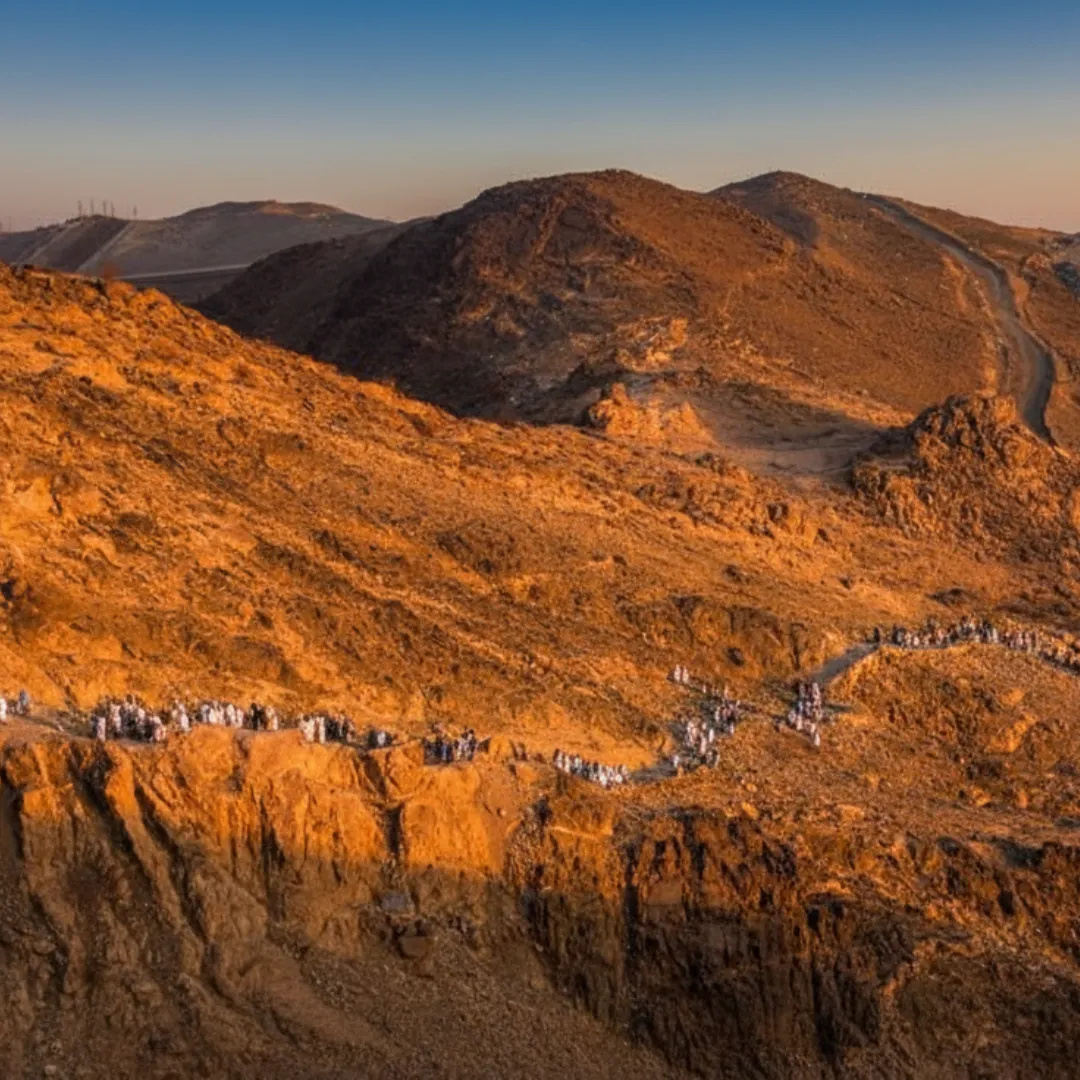
Highly Recommended: Pre-Dawn (Before Fajr)Why: This is the only time we recommend attempting the climb. Temperatures are at their lowest. Climbing in the dark avoids dangerous sun exposure and allows the difficult descent in the early morning light.
Strongly Discouraged: Late Afternoon/EveningWhy: Attempting the very steep and rocky descent of Jabal Thawr in the dark is highly hazardous.
Avoid Completely: Midday (9 AM to 5 PM)Why: Attempting this climb during peak heat is extremely dangerous and poses a severe risk of heatstroke and dehydration.
Essential Tips for Pilgrims
Preparation
- Assess Your Fitness: Be honest about your capabilities. This mountain is very demanding.
- Hiking Boots Recommended: Sturdy hiking boots with ankle support and excellent grip are highly recommended.
- Hydration: Bring at least 1.5 liters of water per person. Electrolyte drinks are also highly advisable.
- Headlamp is Essential: A high-quality headlamp is necessary for pre-dawn climbs to keep your hands free.
- Supplies: Energy snacks (dates, energy bars) and a basic first-aid kit.
During the Climb
- Hands-Free: Use a secure backpack. You will need your hands to navigate the rocky terrain.
- Do Not Climb Alone: Always go with a companion or group.
- Pace Yourself: Take the climb slowly. Rest frequently.
- Follow the Path: Look for arrows or markings painted on the rocks.
- Facilities: There are virtually no facilities or restrooms on the mountain.
- Leave No Trace: Respect the sacred history of the mountain. Do not leave any trash behind.
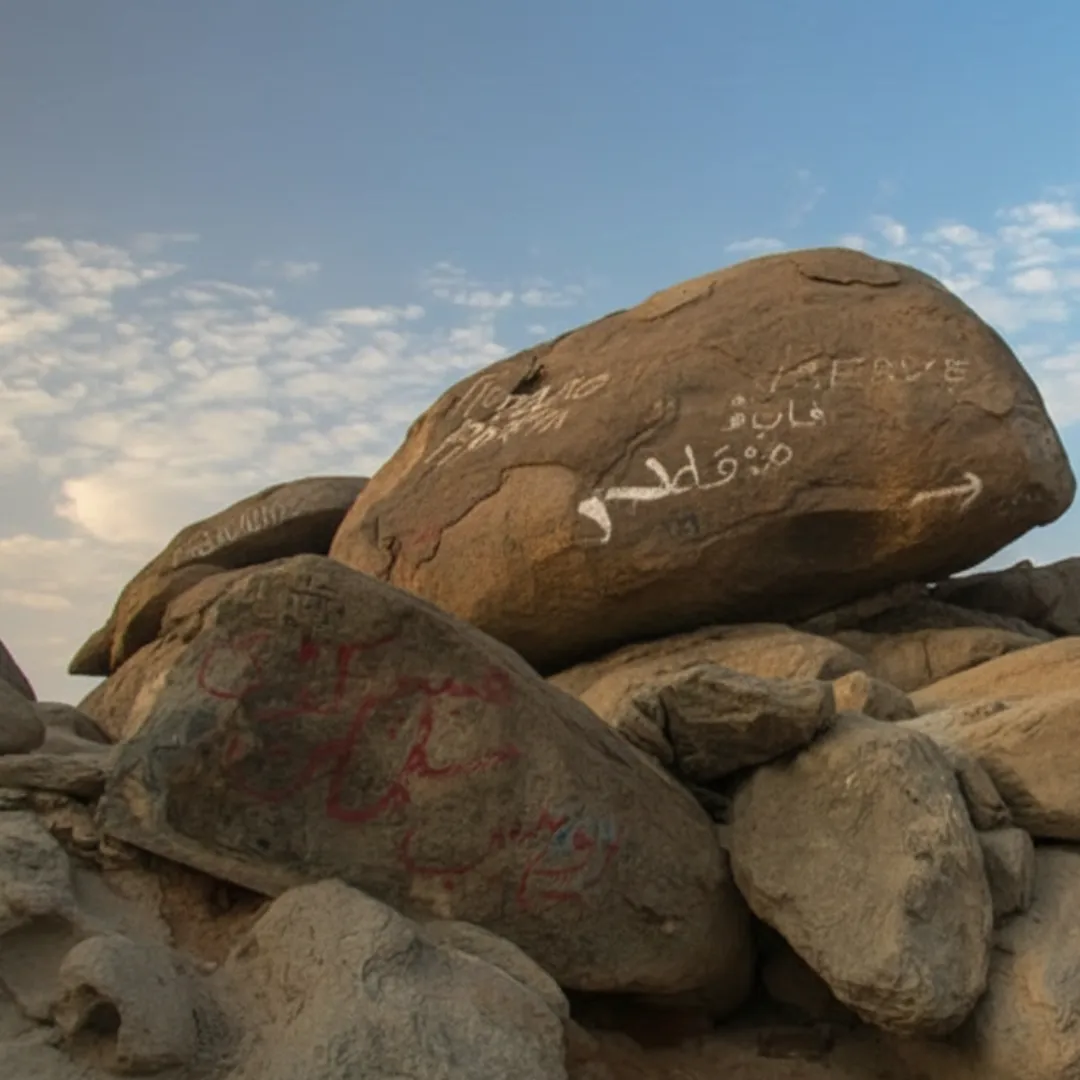
Gallery: Jabal Thawr – The Mountain of Divine Protection

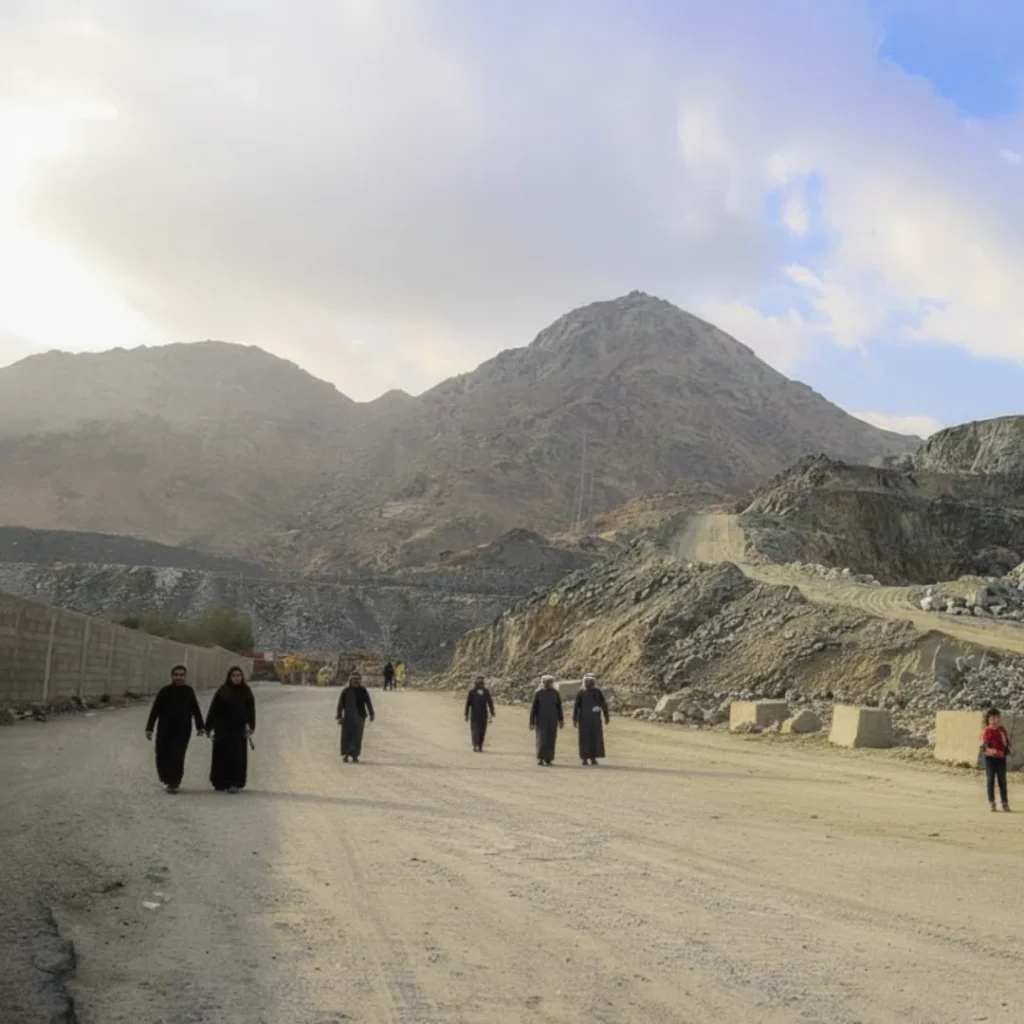
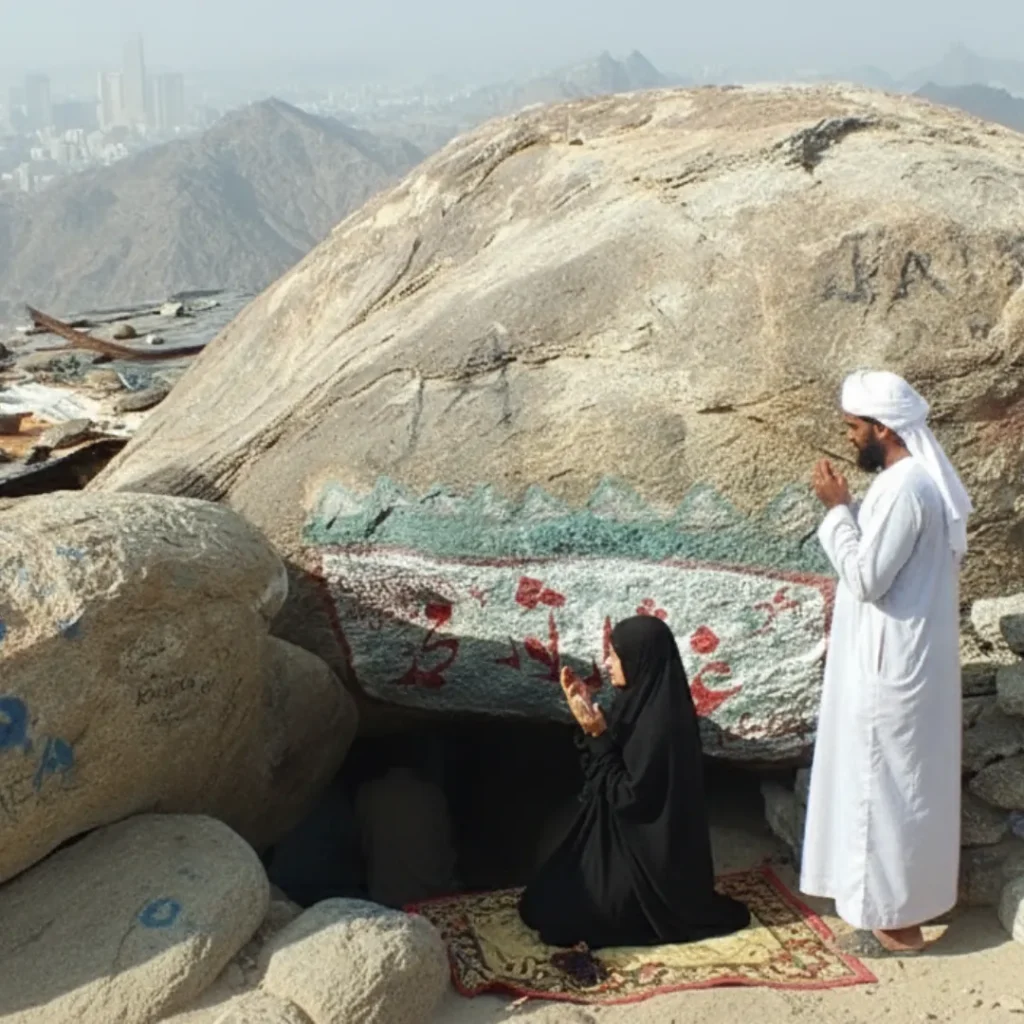
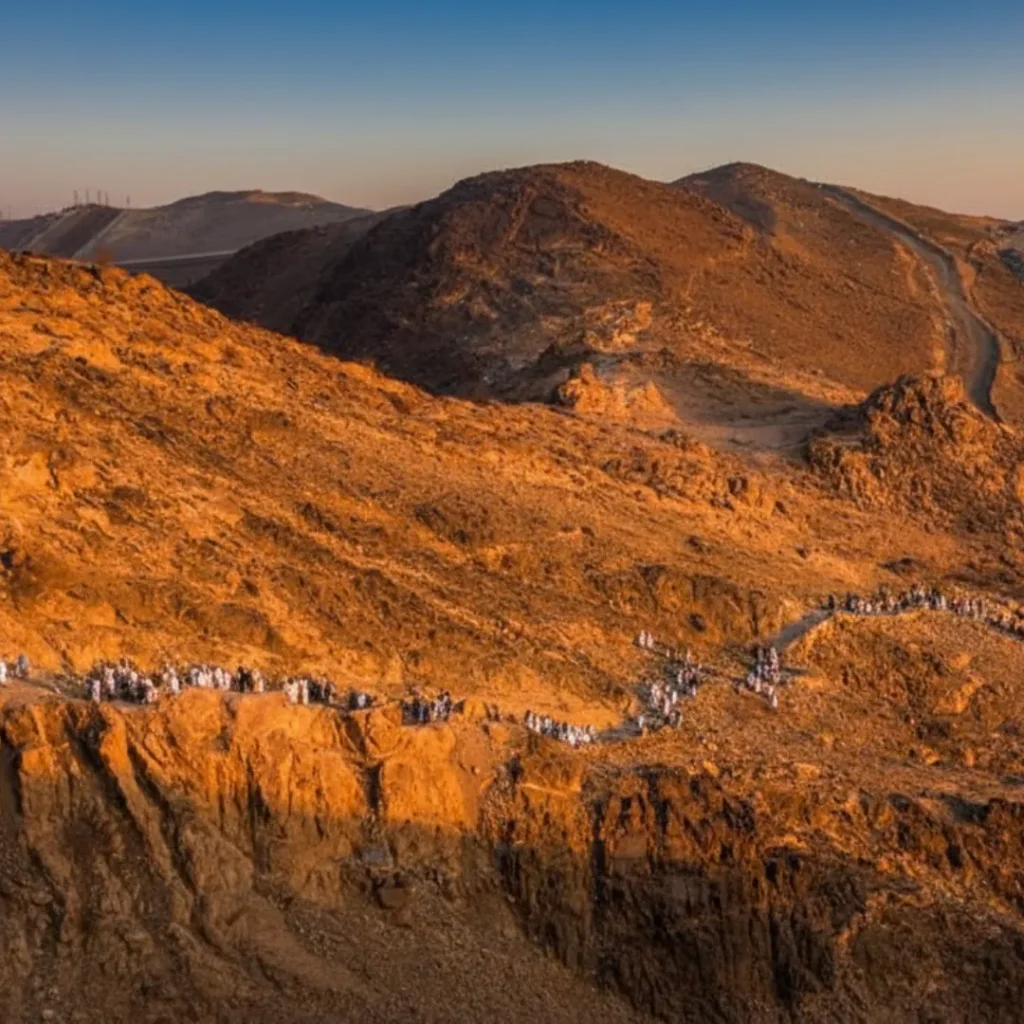
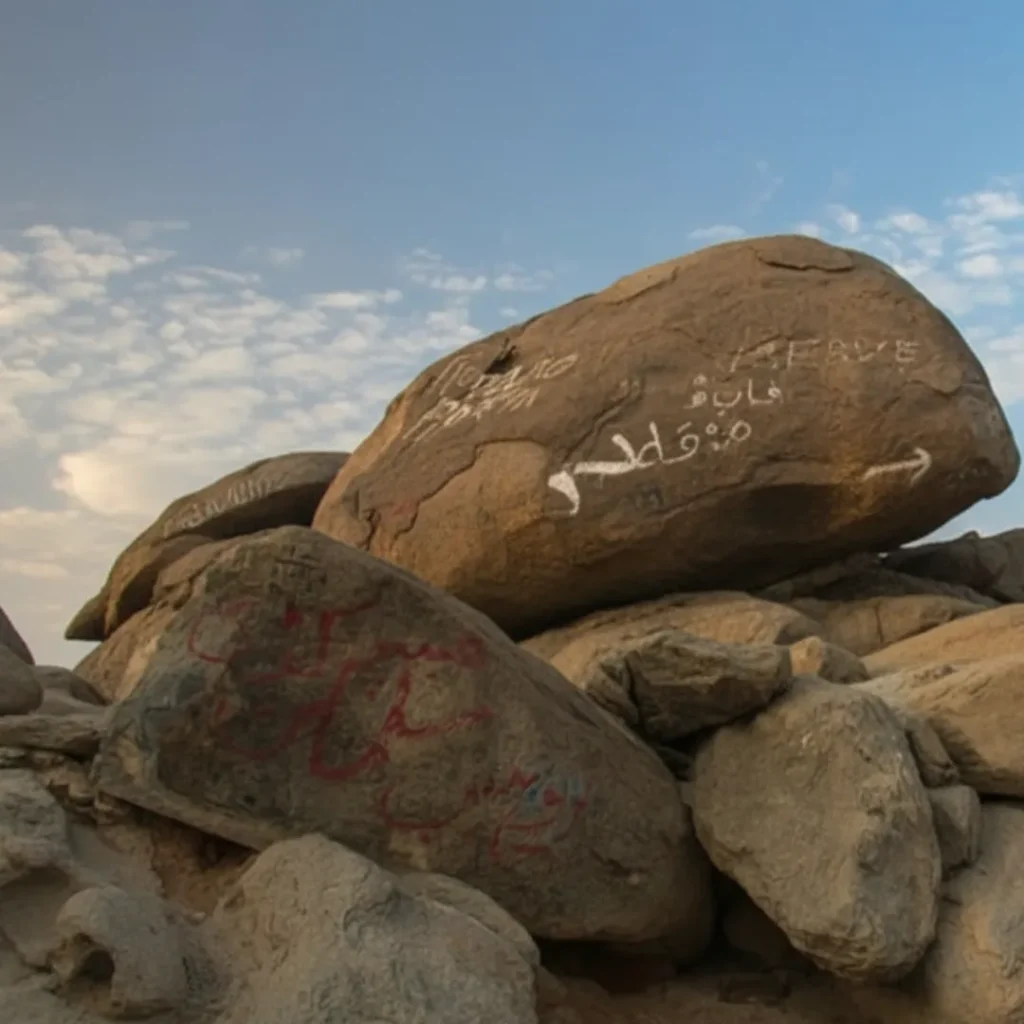

Included in Your Umrah.cab Ziyarat Tour

Flexible SchedulingWe will arrange very early morning pickups to facilitate safe, pre-dawn climbs.
A/C ComfortA comfortable, cool vehicle awaits you after your demanding hike.
Patient DriversOur drivers understand the significant time required and will wait patiently at the base.
Pilgrim Reflections: Lessons from the Mountain of Faith
The climb was the hardest I’ve ever done, but standing in the Cave of Thawr brought tears to my eyes. It felt as if every step was guided by faith. Umrah.cab’s early morning schedule made it manageable and deeply spiritual.
Usman Raza – Pakistan
I couldn’t climb due to health, but even viewing Jabal Thawr from the base was emotional. Knowing what happened here fills you with humility. The stories shared by the driver brought the whole history to life.
Layla Al-Hassan – UK
When I reached the top and entered the cave, I understood what real trust in Allah means. The small, quiet space carries a peace that can’t be described in words.
Youssef Karim – Egypt

